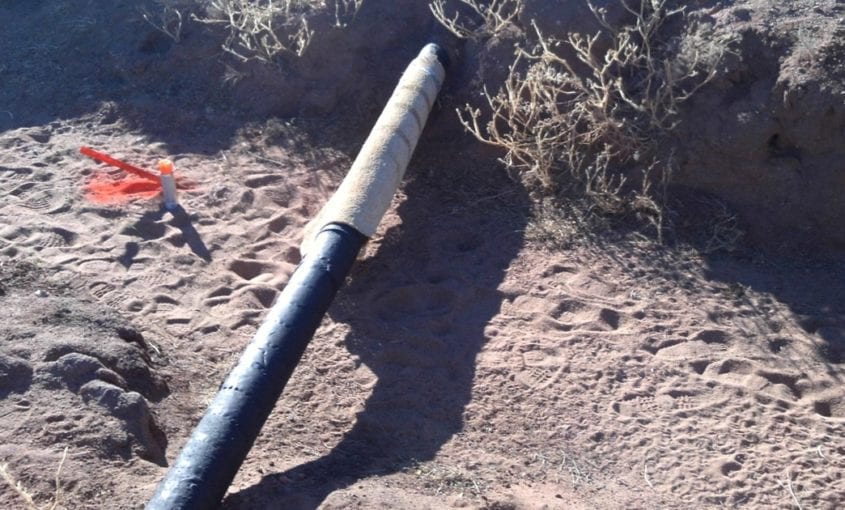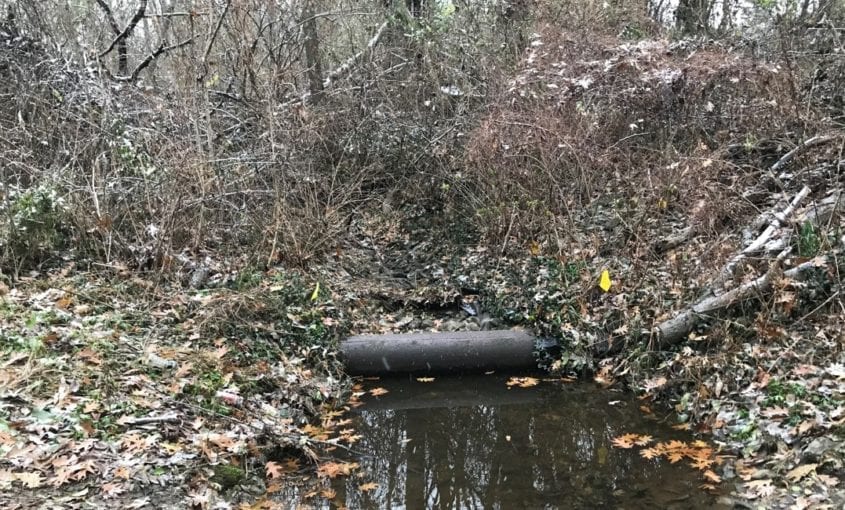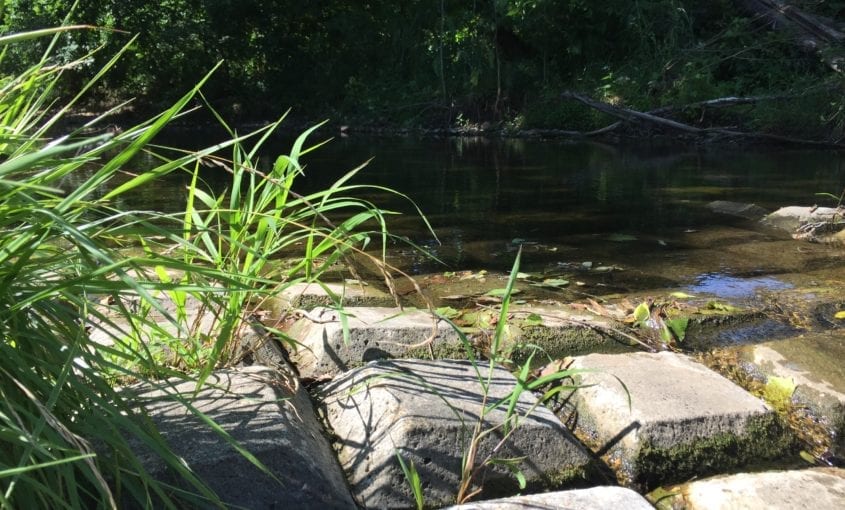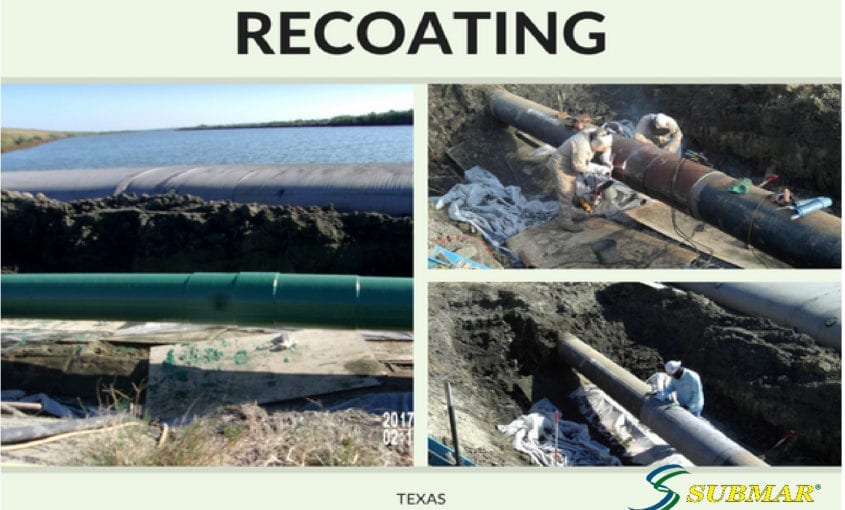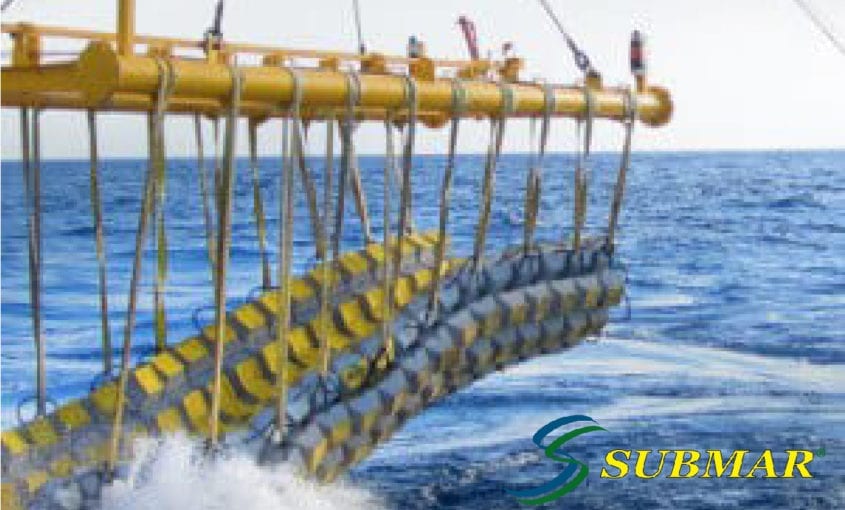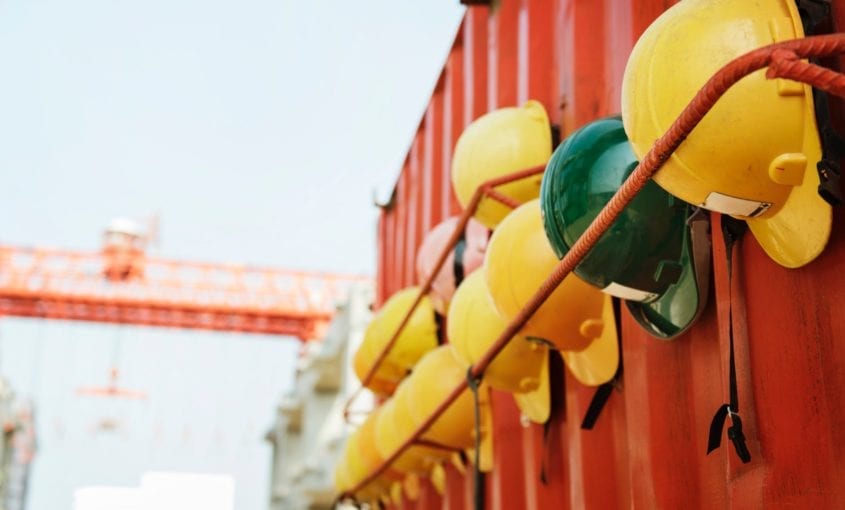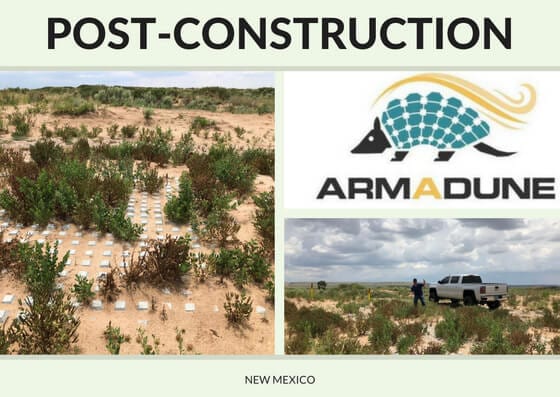7 Ways to Keep Your Pipeline Jobsite Safe
Working on a pipeline is a unique job with its own set of dangers. Because of the heavy equipment, suspended loads, terrain conditions, and jobsite pressures, workers are at greater risk of being injured. However, there are ways to minimize the threat and keep work flow up and running. Here are 7 ways to keep
Read More...

